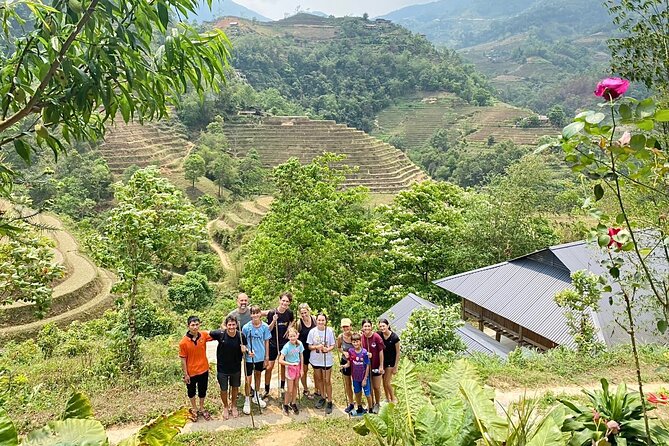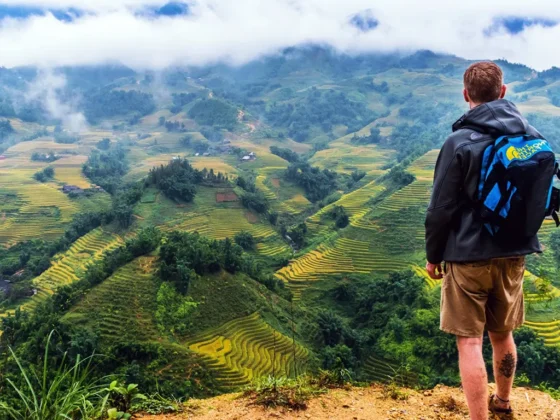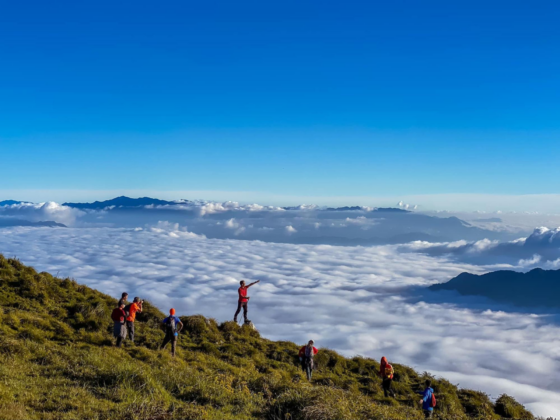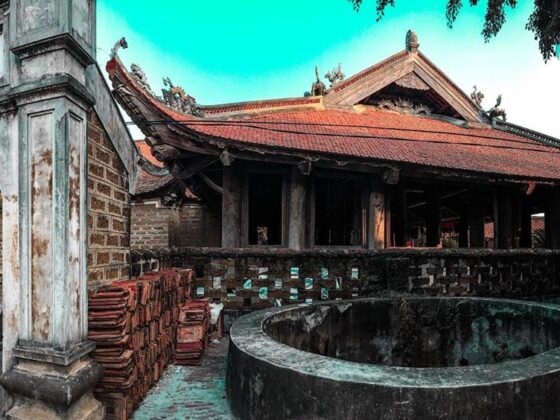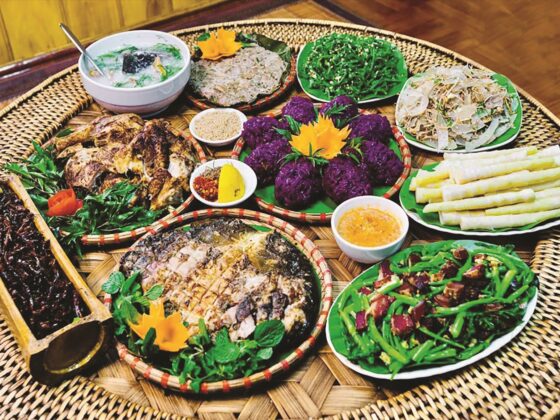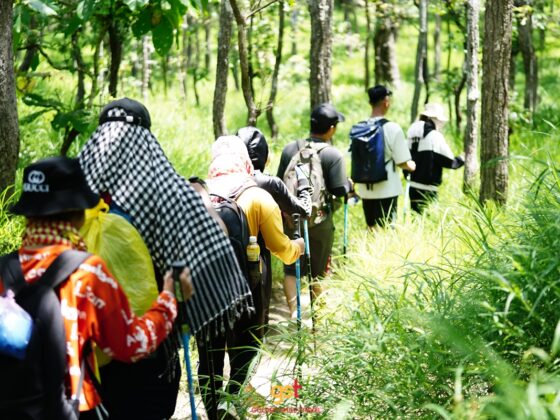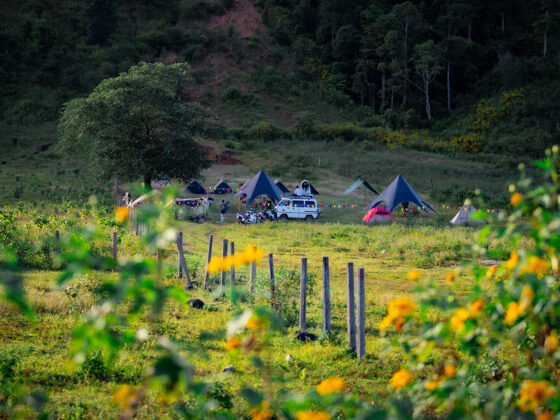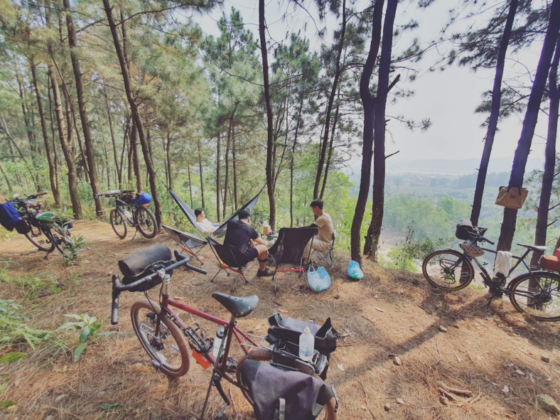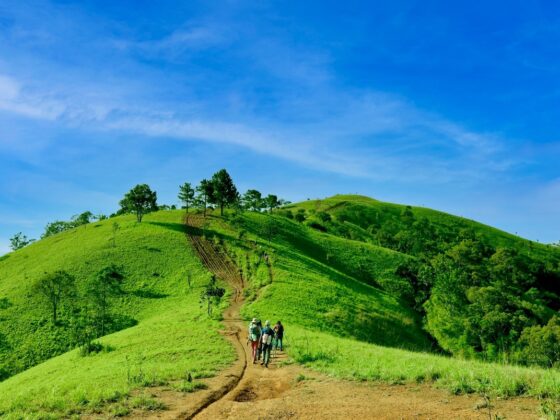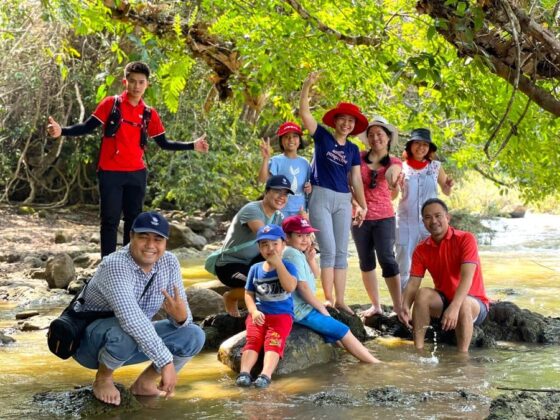Table of Contents Show
Vietnam, with its breathtaking landscapes and rich cultural tapestry, is an ideal destination for trekking enthusiasts from around the world. Whether you’re navigating the terraced rice fields of Hoang Su Phi or exploring the verdant trails of Cat Tien National Park, the country offers a plethora of trekking experiences for adventurers of all levels. For those new to the scene, here’s a comprehensive guide to ensure safe trekking in Vietnam and enjoy a smooth, fulfilling adventure.
Read more interesting posts here:
- Discover Vietnam’s Best Kept Secrets: Our Curated Hiking Trails Await
- Beyond the Spa: A Guide to Creating Your Own Vietnam Wellness Retreats
- The Trail Knows: A Guide to Hiking for Mental Clarity
Why trek in Vietnam?
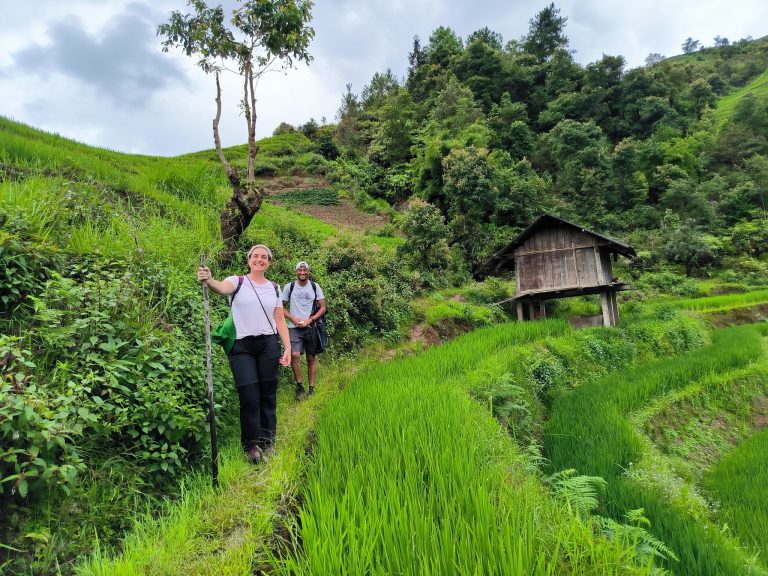
Vietnam boasts a stunning variety of landscapes, from the towering mountains of the North to the serene beaches of the South. Trekking in Vietnam is not just about the beautiful views; it’s also an opportunity to connect with local communities and immerse yourself in the vibrant culture. Destinations like Hoang Su Phi, Mai Chau, and the Central Highlands are popular for their scenic trails and unique cultural experiences, making them perfect for overseas travelers looking for safe trekking in Vietnam.
How to plan for safe trekking in Vietnam
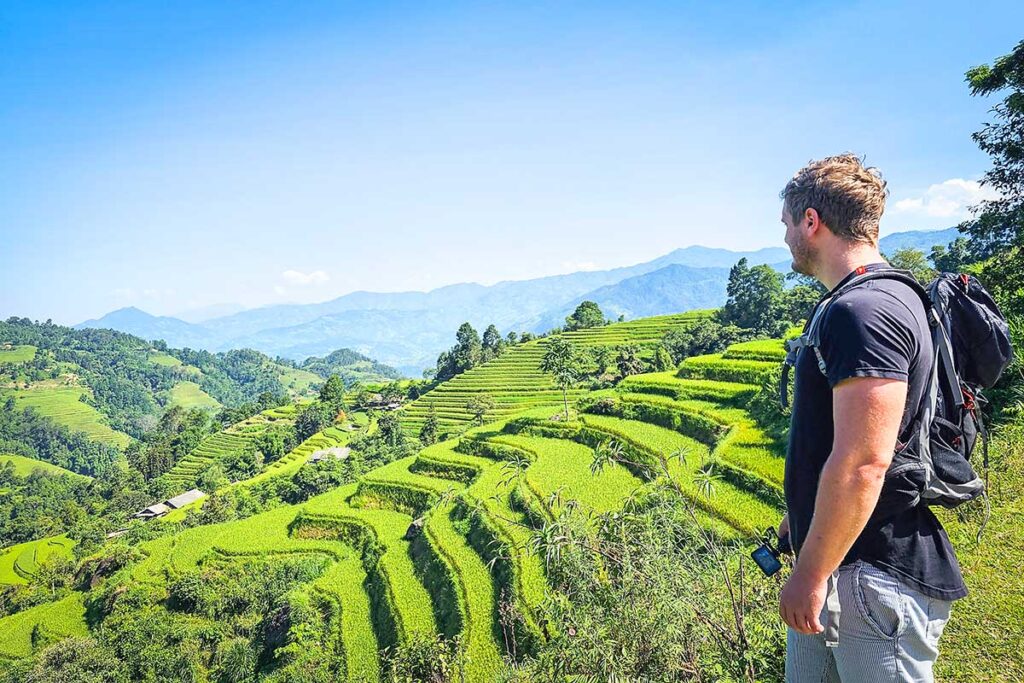
Before setting off, it’s crucial to choose the right trekking route based on your fitness level and interests. Consider whether you prefer guided tours or self-guided treks; both options have their benefits. Engaging a local guide is highly advisable, especially on challenging terrain, where trails can be steep and rugged, with elevations reaching up to 2,000 meters in areas like Fansipan and the Annamite Range.
These routes can be physically demanding and require specific knowledge of the landscape to navigate safely. Trekking alone is not recommended due to the risks involved; always travel with a guide or in a group for safe trekking in Vietnam.
Understanding local customs for safe trekking in Vietnam
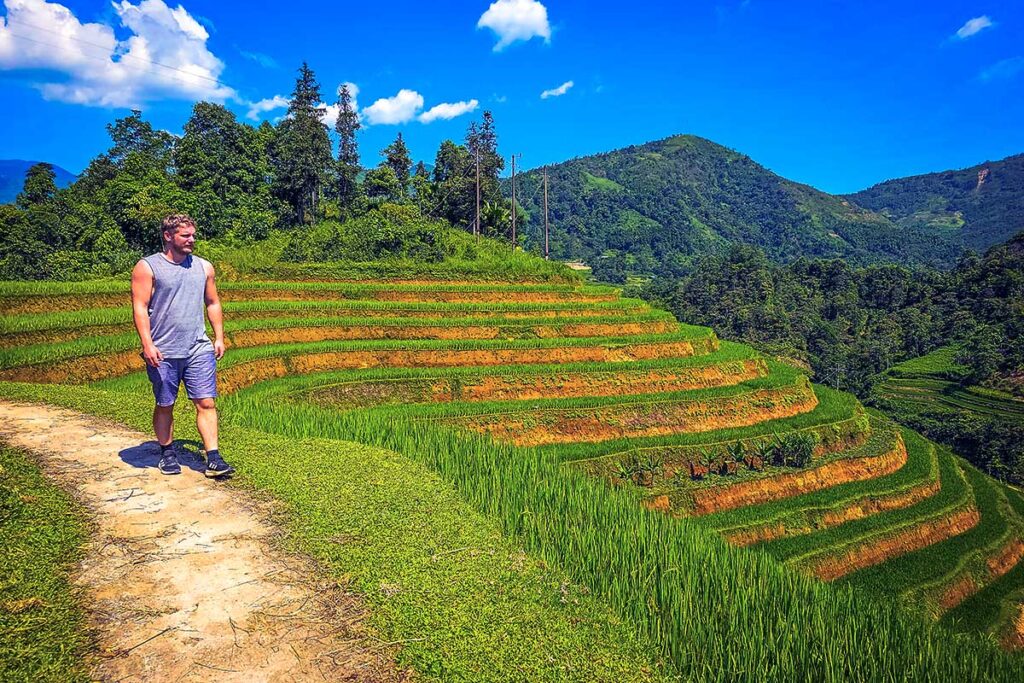
Familiarizing yourself with local customs can greatly enhance your trekking experience. Vietnamese culture values politeness and respect, so taking the time to learn a few basic phrases such as “Xin chào” (hello) and “Cảm ơn” (thank you) can help you connect with locals.
Additionally, be mindful of dress codes, particularly in rural areas, where modesty is appreciated. Showing respect for local traditions fosters goodwill and enriches your interactions, contributing to a more enjoyable and safe trekking in Vietnam.
Vietnam’s tropical weather
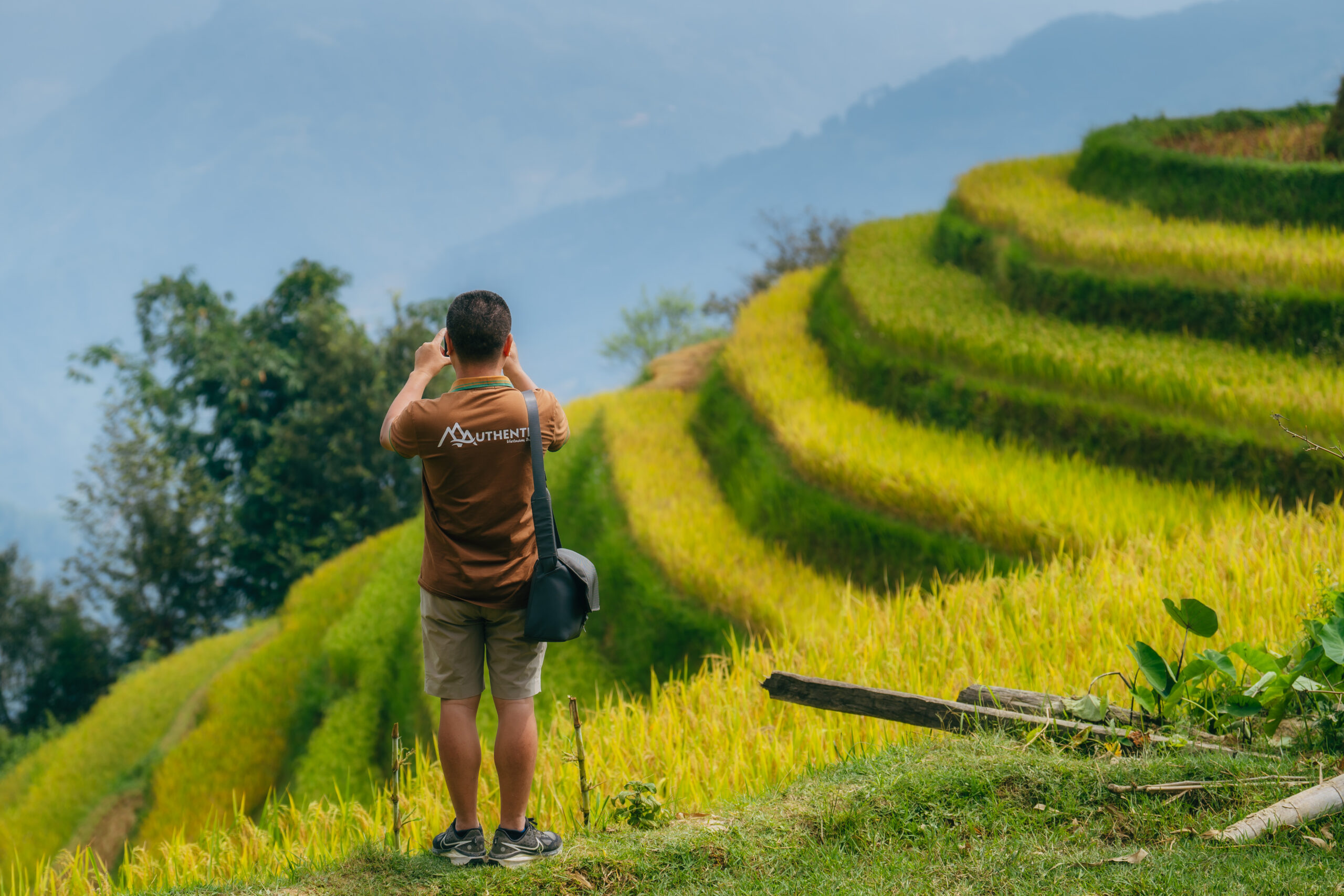
Vietnam’s climate is characterized by tropical weather, which can vary significantly from region to region. The northern areas experience cooler temperatures during the winter months, while the south remains warm year-round.
When trekking in Vietnam, expect high humidity and potential rain, especially during the wet season from May to October. Lightweight, breathable clothing is essential to stay comfortable, and don’t forget to pack a waterproof jacket. Proper gear will help you navigate the diverse weather conditions and enjoy your trek to the fullest, ensuring safe trekking in Vietnam.
What to expect on the trails for safe trekking in Vietnam
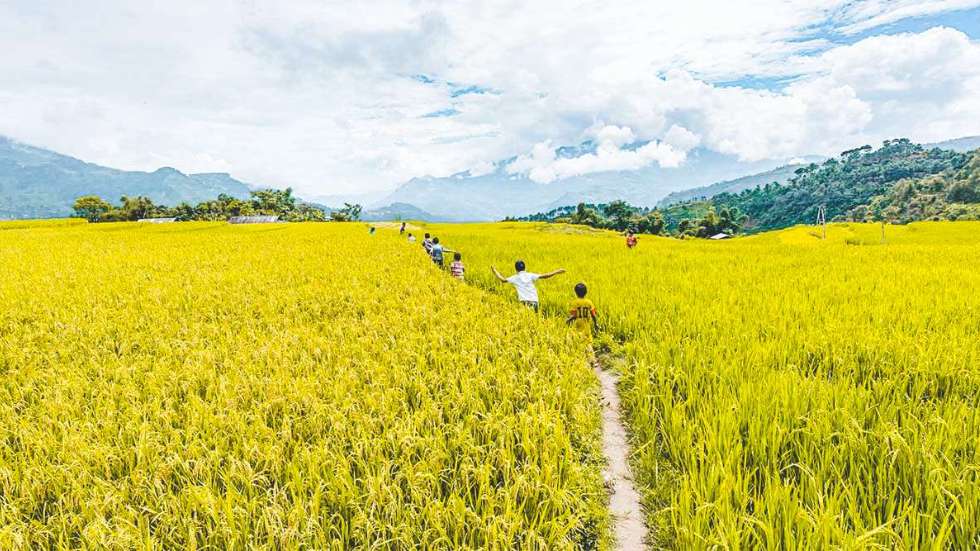
Vietnam’s trekking trails vary widely in terrain, from rice paddies and steep hills to dense forests. In regions like the Central Highlands, trekkers may encounter rocky paths and sudden elevation changes that can be physically challenging. Be prepared for a range of experiences and consider the type of wildlife and flora you may encounter along the way. Each trek offers a unique glimpse into the natural beauty that Vietnam has to offer, making your journey for safe trekking in Vietnam even more rewarding.
Health and safety tips for safe trekking in Vietnam
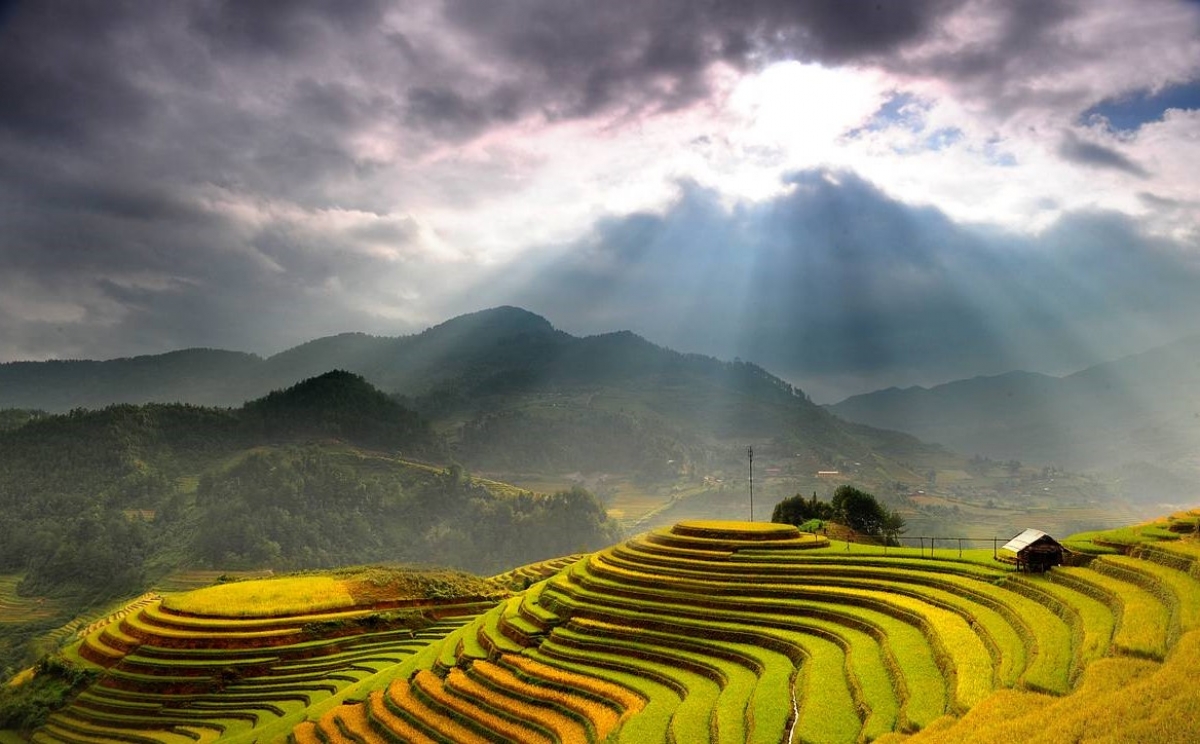
Your health and safety should always come first. Carry a first-aid kit and familiarize yourself with local health considerations, such as the importance of staying hydrated. Be aware of your surroundings and understand any local wildlife you may encounter.
To enhance your safe trekking in Vietnam experience, consider using the ExoTrails, which is thriving in Vietnam’s outdoor communities. This app is easy to use and loaded with useful features, including thousands of trails to explore. One standout feature is TrackMate, which allows you to track invited friends to ensure they don’t get lost. The app also provides real-time updates, safety tips, and community insights, making it an invaluable tool for both novice and experienced trekkers.
Navigating transportation for safe trekking in Vietnam
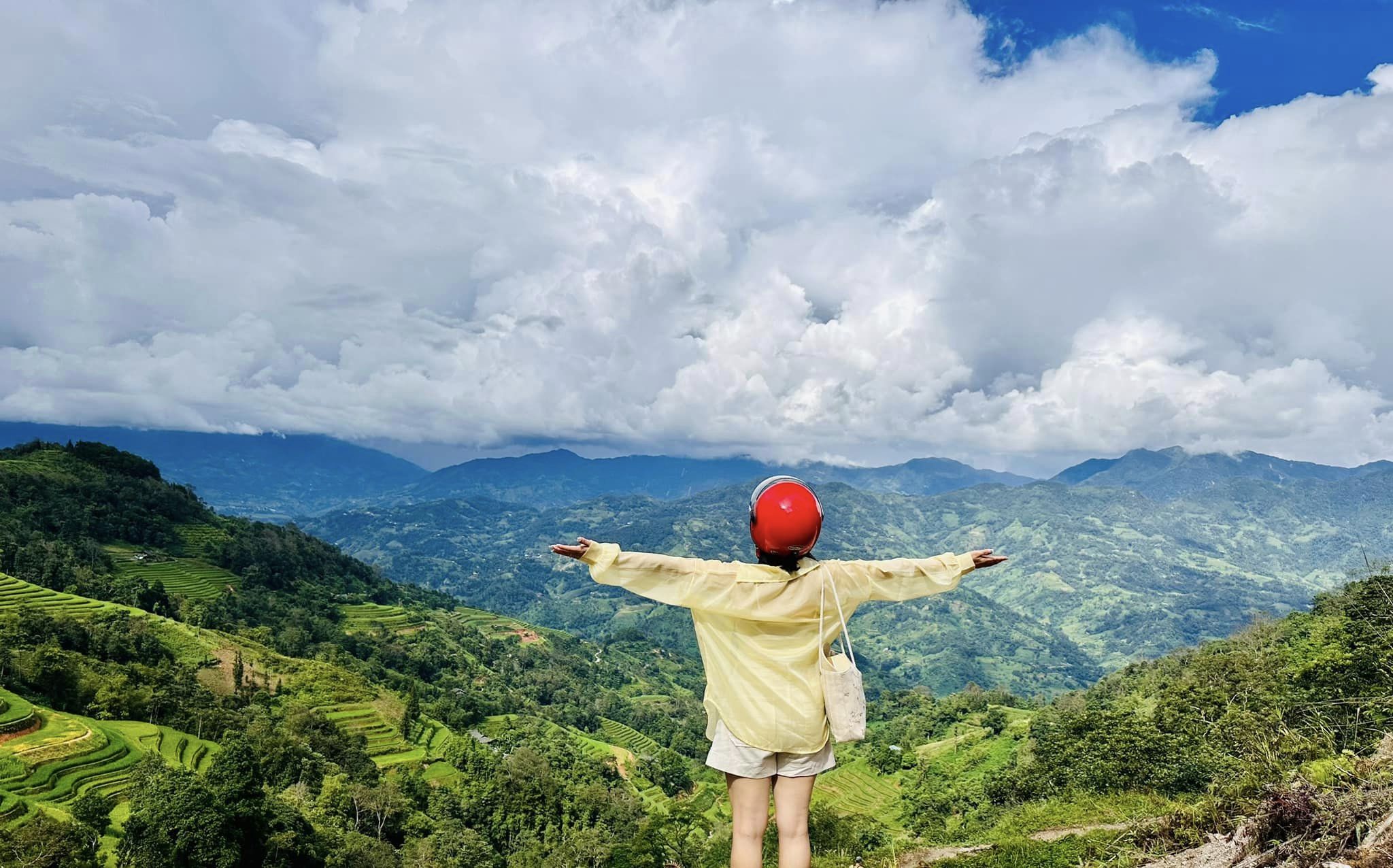
Getting to popular trekking destinations can be straightforward with various transportation options available, including buses, trains, and domestic flights. It’s advisable to book transportation in advance, particularly during peak travel seasons. Understanding local travel customs can also make your journey smoother, contributing to a more seamless experience for safe trekking in Vietnam.
Conclusion
Safe trekking in Vietnam is a transformative experience that allows you to explore stunning landscapes while connecting with vibrant cultures. By equipping yourself with essential knowledge about planning, cultural sensitivity, and environmental responsibility, you can embark on your adventure with confidence.
Embrace the journey, discover the beauty of Vietnam, and create lasting memories as you traverse its fascinating trails. Always remember to trek safely, travel with a guide, and respect the natural and cultural treasures you encounter along the way. Preparing adequately and utilizing resources like local guides and the ExoTrails app will ensure your adventure is both exciting and secure.
Ready to find your own mindful escape? Join our community of explorers in the ExoTrails Facebook Group and follow the ExoTrails Fanpage for daily inspiration and trail tips!
FAQs
What do I need to know before trekking in Vietnam?
Before your trek, research your route, assess your fitness, and consider hiring a local guide, especially for challenging terrains, to ensure safe trekking in Vietnam.
Is Vietnam good for beginner hikers?
Yes, Vietnam offers a range of trails suitable for beginners, particularly in areas like Mai Chau, though it’s always best to start with guided tours for safe trekking in Vietnam.
Do I need a guide to trek in Sapa or Ha Giang?
While some trails can be navigated independently, hiring a local guide is highly recommended in Sapa or Ha Giang for cultural insights and enhanced safety during your trekking in Vietnam.
What should I wear for hiking in a tropical climate?
Opt for lightweight, breathable, and moisture-wicking clothing, and always pack a waterproof jacket to prepare for sudden changes in weather for safe trekking in Vietnam.
Is it safe to trek alone in Vietnam?
Trekking alone is generally not recommended due to potential risks; always travel with a guide or in a group for a safer and more enjoyable experience of trekking in Vietnam.

